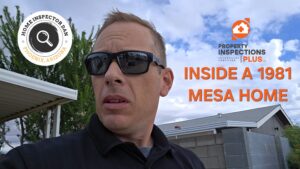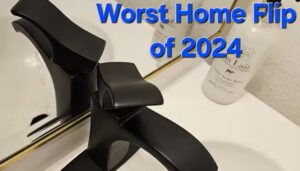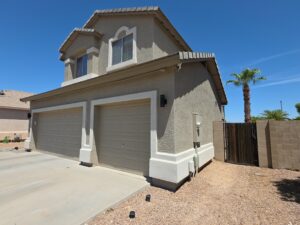When it comes to dryer vent safety, every system has a specific purpose and must be installed correctly to ensure safety and efficiency. Unfortunately, some homeowners or contractors try to cut corners by combining a dryer vent and a ceiling vent (such as a bathroom exhaust fan) through the same roof penetration. While this might seem like a space-saving solution, it is a serious safety hazard.
The Problem: Lint Contamination and Fire Risk
Dryers produce a significant amount of lint, which is expelled through the vent system. If a dryer vent shares an exhaust path with a bathroom or ceiling fan vent, the following issues can occur:
1. Lint Buildup on the Ceiling Fan
As the dryer expels lint, warm air rises up the duct, but some of the lint-laden air can recirculate and fall back down into the ceiling vent. Over time, this lint accumulates inside the fan housing and on the fan blades, reducing airflow and creating a potential fire hazard.
2. Fire Risk
Dryer lint is highly flammable. If it builds up inside the ductwork or around the ceiling fan, it could ignite from electrical components, overheating motors, or even a spark.
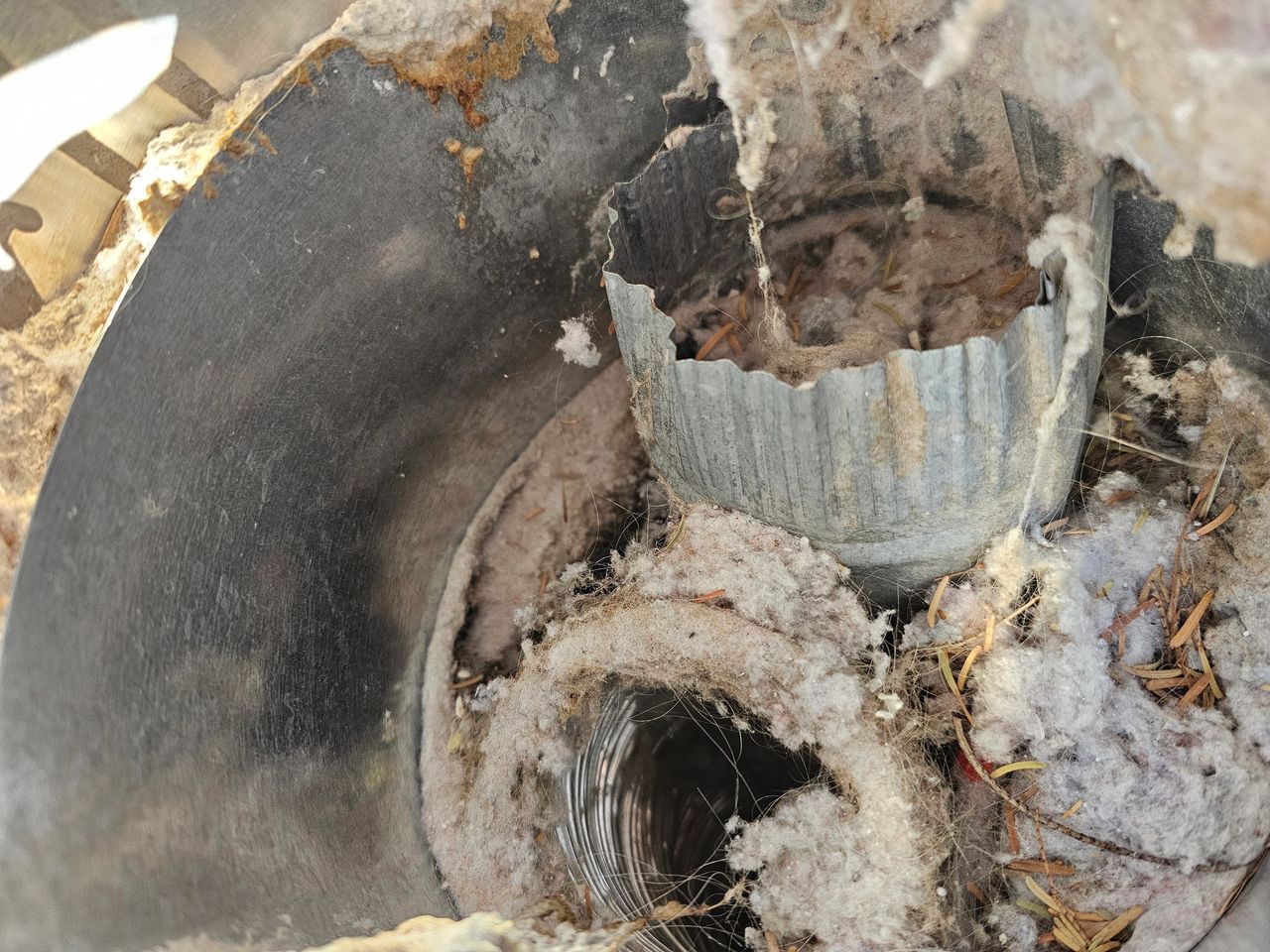
3. Backdrafting and Moisture Problems
When a ceiling vent and dryer vent share an exhaust point, they can interfere with each other’s airflow. The pressure from the dryer can force air back into the ceiling vent, potentially pushing moisture into the attic space. This can lead to mold growth, insulation damage, and wood rot.
4. Violation of Building Codes
Most building codes strictly prohibit the combination of dryer vents with other types of ventilation due to the risks involved. The International Residential Code (IRC) requires that dryer vents be independent and terminate outside to prevent hazards.
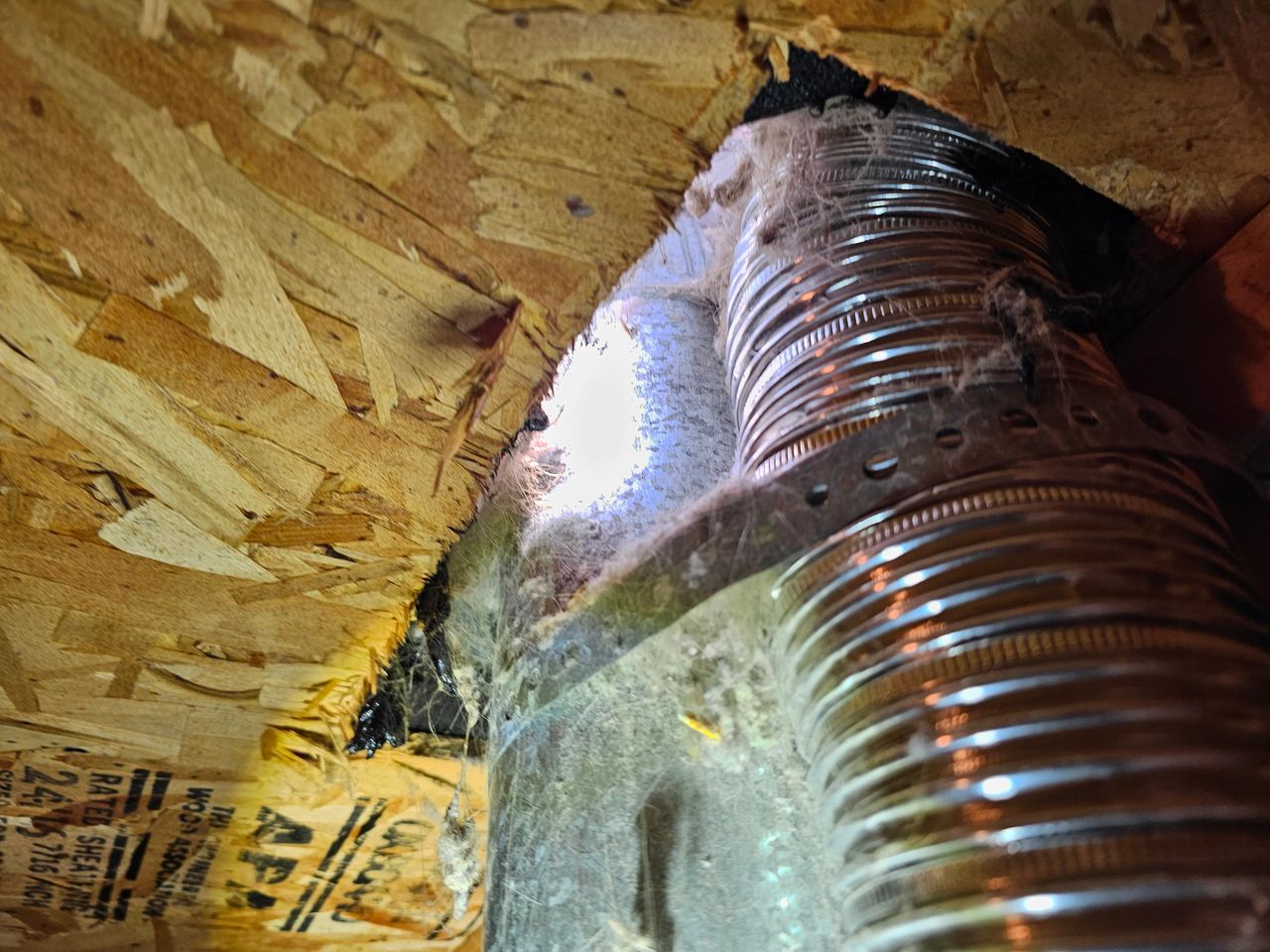
Proper Correction Measures
If your home has a combined ceiling and dryer vent, it should be corrected immediately. Here’s how to properly fix the issue:
1. Install a Dedicated Dryer Vent
- Separate the vents so that the dryer has its own independent vent terminating outside.
- Use rigid metal ducting (preferably aluminum or galvanized steel) to minimize lint buildup inside the vent.
- The dryer vent should exhaust outside the home, either through the roof (with a proper dryer vent cap), a side wall, or an eave, never into an attic or crawlspace.
2. Install a Proper Roof Vent for the Ceiling Fan
- The bathroom or ceiling fan vent should also have a dedicated, properly sized vent that terminates outside.
- Use a vent with a backdraft damper to prevent outside air from coming back into the home.
- Ensure the vent pipe is insulated if it runs through an unconditioned space (such as an attic) to prevent condensation buildup.
3. Check for Lint Accumulation and Clean Ducts
- If your ceiling vent has already been exposed to lint from the dryer, it needs to be cleaned out thoroughly.
- Clean the dryer vent at least once a year to prevent future buildup and potential fire hazards.
4. Inspect the Attic for Moisture Damage
- If lint and warm air have been entering the attic, check for signs of mold, water damage, or insulation contamination.
- Address any issues promptly by replacing damaged insulation and improving ventilation.
Conclusion
Combining a dryer vent with a ceiling vent through the same roof penetration is a serious safety hazard. Not only can it lead to lint buildup, fire risks, and moisture damage, but it also violates building codes. The best solution is to separate the two systems, ensuring that each has its own properly installed and vented exhaust duct. By making these corrections, homeowners can improve safety, efficiency, and indoor air quality in their homes.
For more info on dryer vent safety, follow this link.
If you’re unsure about the condition of your home’s ventilation system, a professional home inspection can help identify and address any potential hazards. At Property Inspections Plus, we specialize in ensuring homes are safe, well-ventilated, and up to current standards.
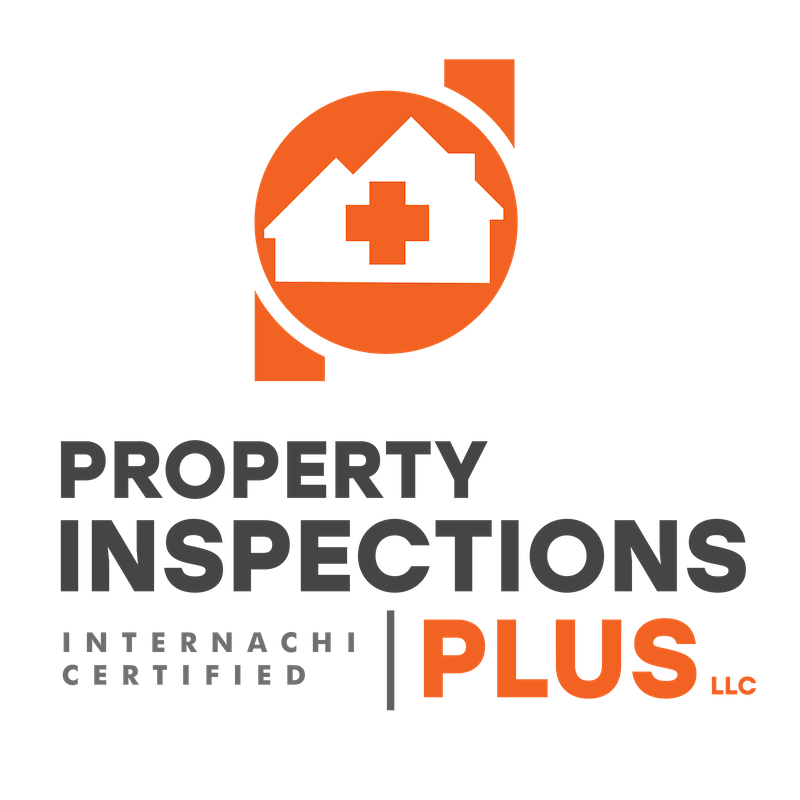
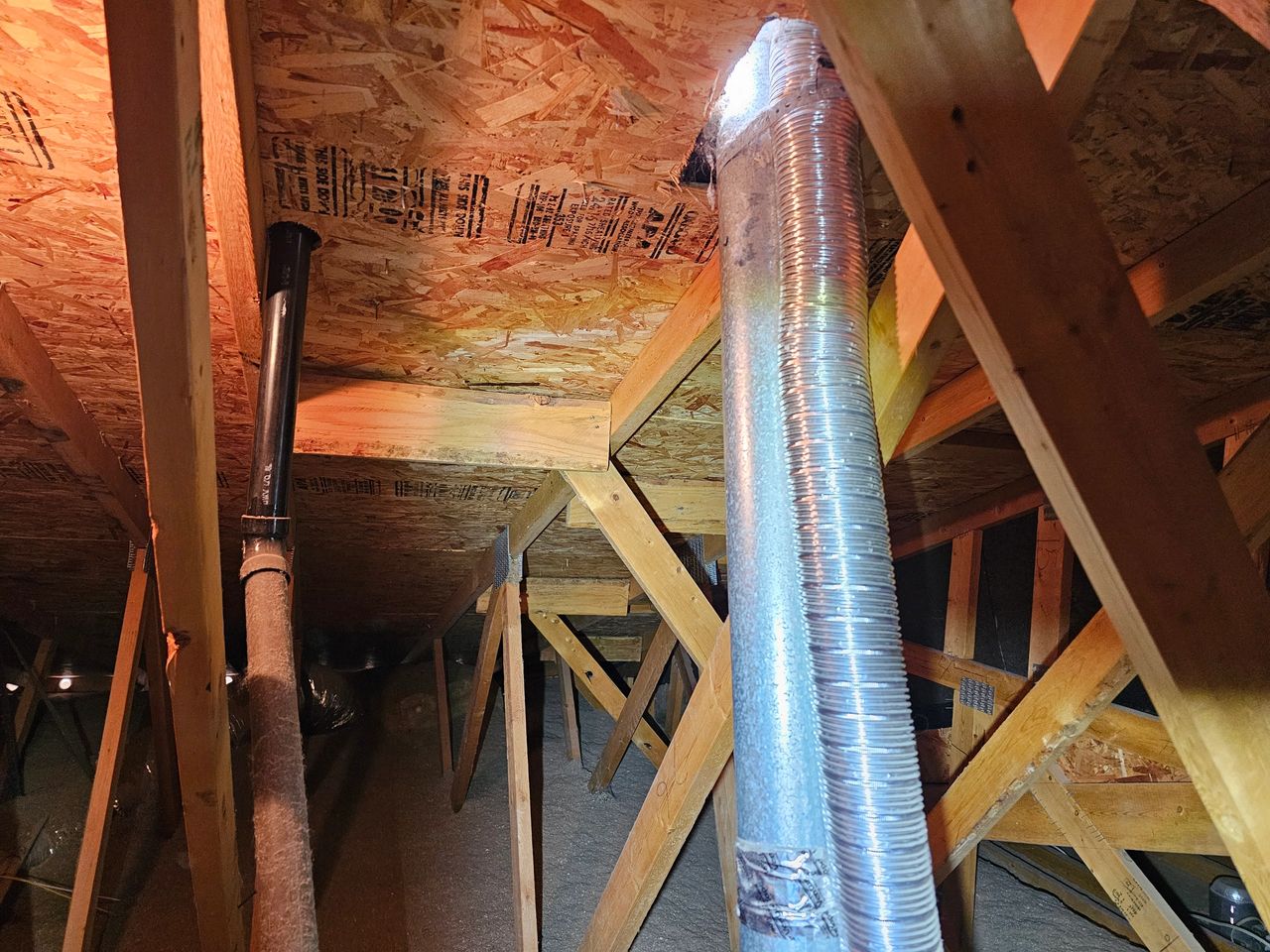
 Hi, I’m Home Inspector Dan — owner of Property Inspections Plus and a
Hi, I’m Home Inspector Dan — owner of Property Inspections Plus and a 